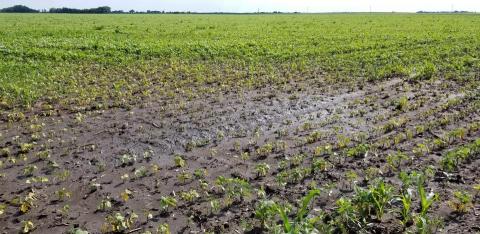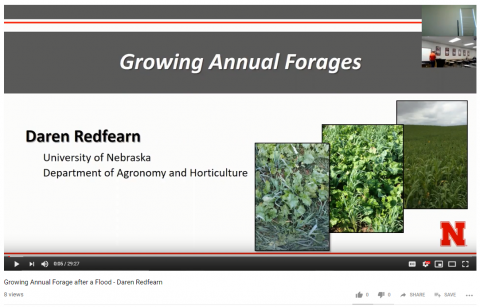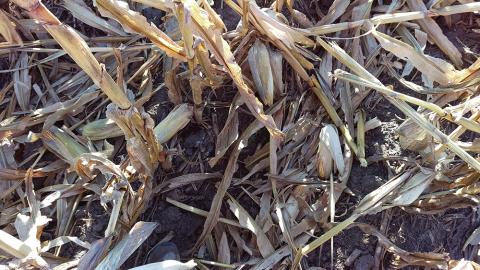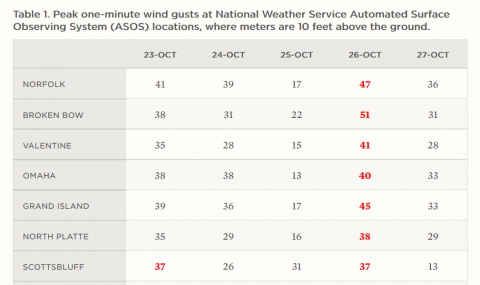Response of Germinating and Early Season Soybeans to Flooding
May 30, 2019
Injury to germinating and seedling soybean from flooding depends on several factors, including soybean growth stage, flood duration, and air and soil temperature and varies the varieties. Pythium and Phytophthora are two diseases to scout for after flooding.
Replanting Corn: Things To Do and Think About
May 24, 2024
Recent flooding events beginning May 20-21, 2024 in portions of the state have some concerned about the need to replant corn when waters recede. It’s important to assess potential recovery before making replant decisions.
Growing Annual Forages to Replace Flood Losses
April 12, 2019
Five video presentations are now available to address seed selection and production of annual forages that might be used to replace hay and pasture lost to the flood. Topics include successful forage production, nutrient value of the feed, and related government program.
Potential Reasons for Weakened Ear Shanks and Ear Loss
November 3, 2017
While sustained high winds for several days in late October was likely the final catalyst, a number of factors may have led up to increased ear drop in corn. This article looks at potential factors throughout the season that may have eventually led to a challenging harvest.
How windy was it? A look at Nebraska gusts Oct. 23-27
November 2, 2017
As evidenced by field after field of broken corn stalks and ears lying on the ground, the Nebraska plains were swept by winds of 30-50 mph, often over a sustained period, Oct. 23-27. Two tables show the peak gusts as well as how many hours in a given day two sites experienced high winds.
Assessing and Harvesting Downed Corn
October 26, 2012
Also see Robert Klein's photo essay on an operation's effort to harvest downed corn and a related segment on YouTube from the November 2 Market Journal story with Rick Rasby.





